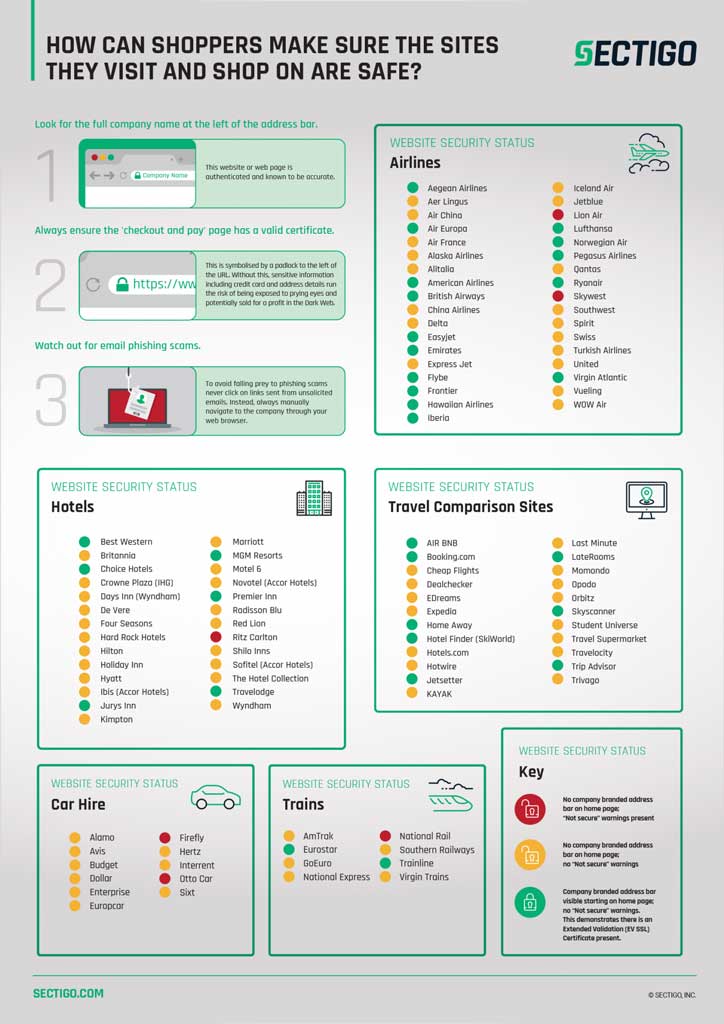Brits ‘more likely’ to change spending habits after a data breach
https://cybersecureforum.co.uk/wp-content/uploads/2019/02/Spending-Habits.jpg 960 640 Stuart O'Brien Stuart O'Brien https://secure.gravatar.com/avatar/81af0597d5c9bfe2231f1397b411745a?s=96&d=mm&r=gThe consequences of a data breach have a greater impact in the UK versus the United States, according to new data.
41% of British consumers said they will stop spending with a business or brand forever following a data breach, compared to just 21% of US consumers.
The research into consumer trust and spending habits was conducted by payment security specialists PCI Pal, and pointed to some clear cultural differences between the two countries.
The survey found that 62% of American consumers would instead stop spending for several months following a security breach or hack, with 44% of British consumers agreeing the same.
Over half (56%) of all UK respondents were more reticent to give credit card details verbally over the phone than their American counterparts where it was found that four out of every ten (42%) of US respondents were uncomfortable reading out their details.
US consumers were generally less accepting to provide payment details over the phone with only 15% saying they would “hand over their information, no questions asked”, compared to a quarter of UK consumers. Instead 38% of American’s would ask for an online alternative to complete a transaction, while 32% of Brits said they would “hang up and find an alternative supplier.”
“Awareness of data security is something that is on everyone’s radar, yet our UK and US surveys have highlighted some real differences of opinions and traits, when comparing attitudes to data and payment security between the two countries,” said James Barham, CEO at PCI Pal.
“UK consumers certainly seem more guarded with providing personal information, such as payment card details, over the phone, yet the US is catching up fast. Similarly, if a security breach has occurred at an organisation, Brits appear more likely to avoid that organisation in future, and instead go elsewhere. In my opinion, 2019 is the year that organisations need to take steps to provide far clearer assurances to consumers as to how their data is being captured, processed and stored otherwise customers are not going to wait, and they may find them going elsewhere for their purchase.”
Looking at trust in businesses and brands, 55% of UK respondents felt they could trust a local store with their data more than a national company. They felt a local store was more likely to care about their reputation (30%) and hackers were less likely to target a local store as it is smaller (25%) while only 22% felt a national company would be more secure as they follow more security protocols.
In stark contrast, the reverse was true in the US with only 47% of respondents feeling they could trust a local company more than a national chain. In fact, 28% felt a national company would be more secure as they follow more security protocols, while 25% felt they have more money to invest in security protocols.
Almost a third (31%) of UK consumers stated that they would spend less with brands they perceive to have insecure data practices, compared to just 18% of US survey respondents.











